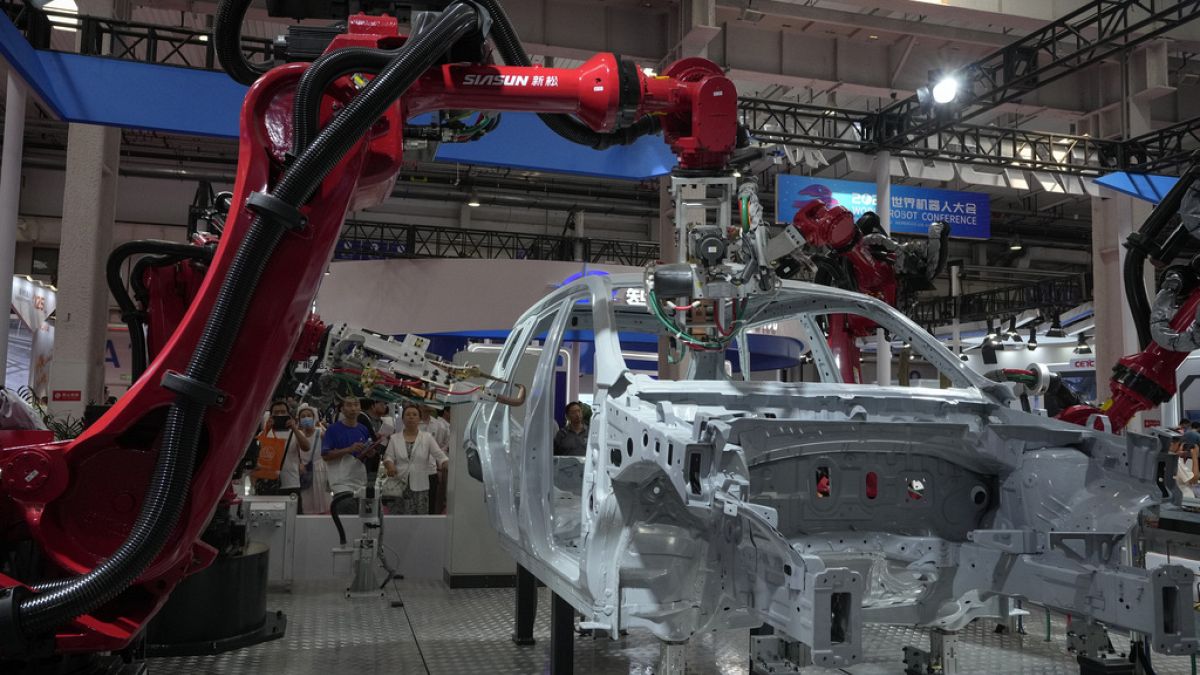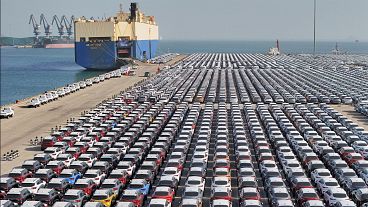China and Germany’s manufacturing PMIs came in above expectations, however, UK’s struggled with falling foreign demand
China’s manufacturing sector is showing signs it may finally be on the mend, with the Chinese Caixin manufacturing purchasing managers’ index (PMI) for December coming in at 50.8. This was above market expectations of 50.4, as well as November’s 50.7, also marking the fourth hike in factory activity over the past five months.
This was mostly due to an increase in new orders, as well as improving sales. Output also reached a seven-month peak, as demand continued to recover. New export orders fell at their slowest pace in six months, while input costs also slid to a four-month low.
However, unavailability of certain raw materials and overtaxed suppliers continued to put pressure on supply chains.
German manufacturing sector may have overcome worst
The German manufacturing sector also seems to be taking a cue from the Chinese landscape, with the HCOB manufacturing PMI reported to be 43.3 in December. This was slightly ahead of analyst expectations of 43.1, but quite a step up from November’s 42.6.
Although the manufacturing sector is still considered to be in contraction, due to the PMI number being less than 50, investors are optimistic that it has turned a corner, with the worst of it being left behind.
New orders fell at their slowest pace in eight months, whereas business expectations have also seen a marked uptick. Factory gate charges continue to fall, with increased competition forcing manufacturers to be more cautious.
However, employment continued to fall at the fastest rate since October 2020, as manufacturers cut back and adjusted to lower demand and reduced capacities.
Slumping overseas demand hits UK factory activity
In contrast, the UK manufacturing sector seemed to have ended the year on a flatter note, following November’s seven-month peak of 47.2. The S&P Global UK manufacturing PMI for December came in at 46.2, under market expectations of 46.4.
This was largely due to weakening in the intermediate and consumer goods sector, leading to manufacturing activity dropping for the 10th month in a row. Overseas demand and new business intakes were also lacklustre.
New orders fell for the ninth month in a row, with backlogs also rapidly being cleared. This led to employment falling for the 15th consecutive month. However, decreasing input prices boosted selling prices slightly.
Unfortunately, this was not enough to prevent business optimism plunging to a one-year low, as soaring interest rates, continuing high inflation, a shaky economy and client closures continued to take a toll. Ongoing geopolitical issues, such as the Russia-Ukraine war and the Israel-Hamas conflict have also potentially contributed to this dampened sentiment.
Investors are still holding on to the hope that major central banks such as the US Federal Reserve and the European Central Bank will start cutting rates by the spring or summer this year. However banks have been persistent in cautioning against over optimism, highlighting potential issues with cutting rates too soon or too much.



